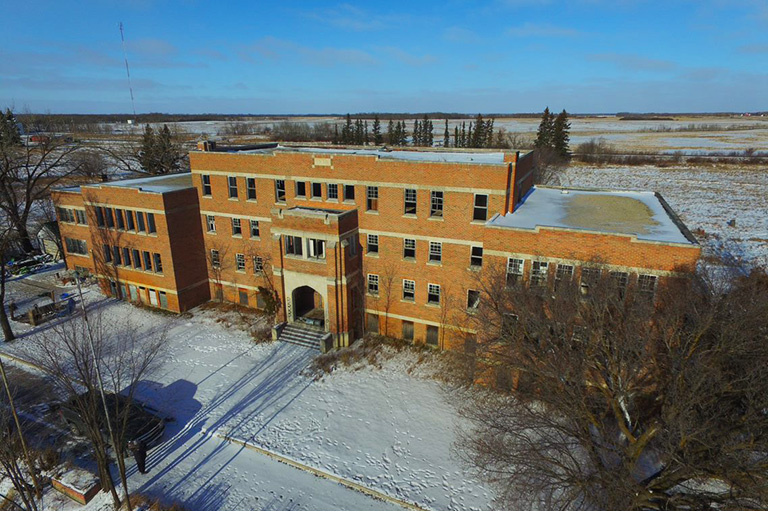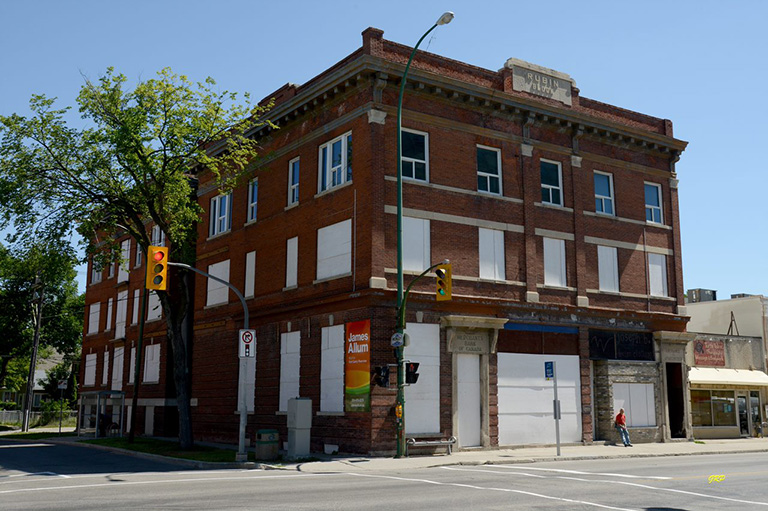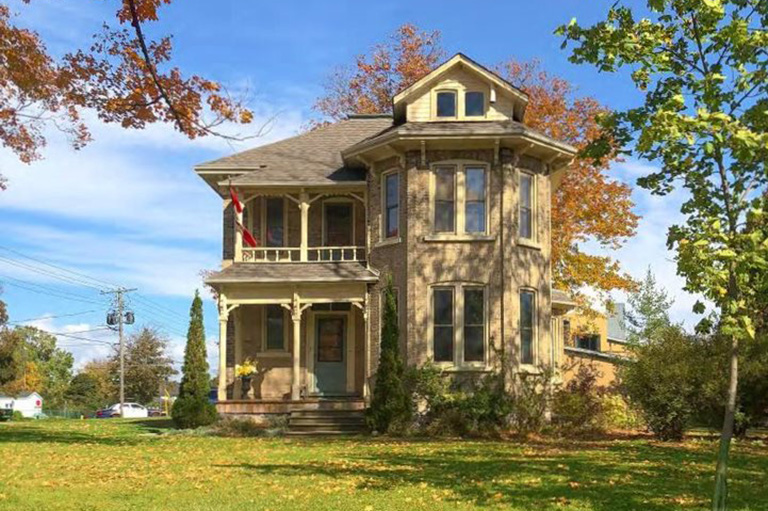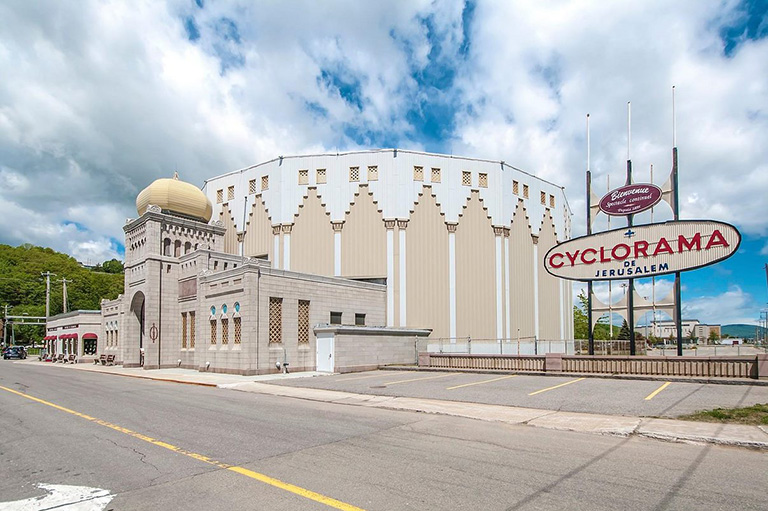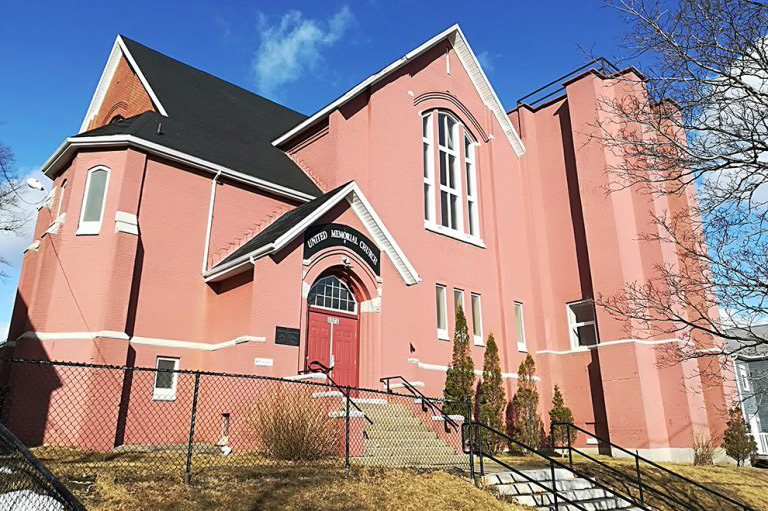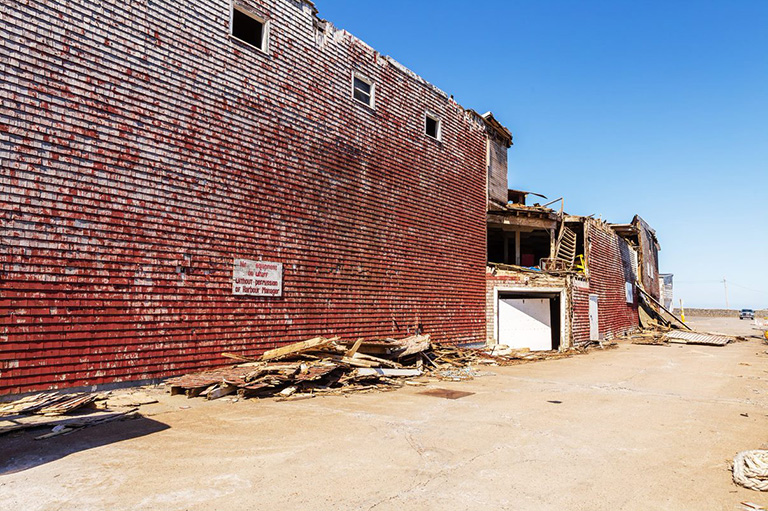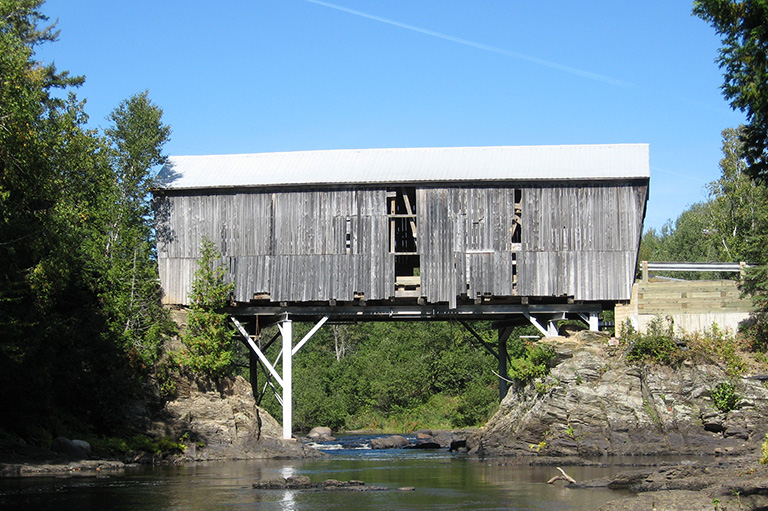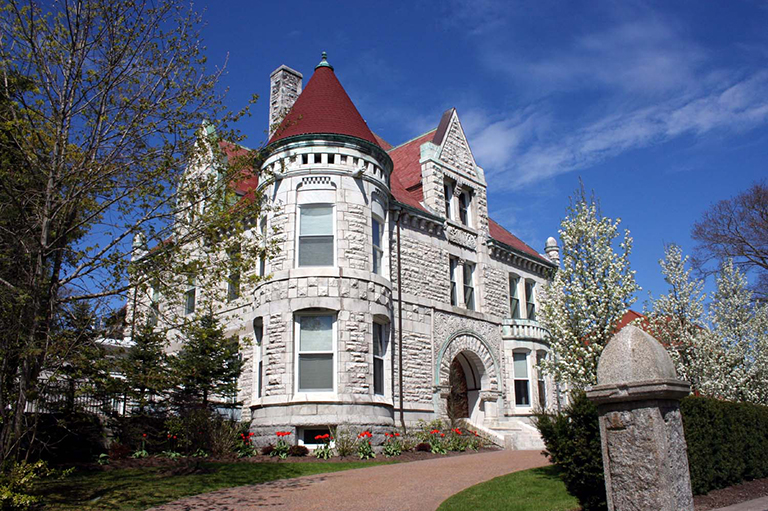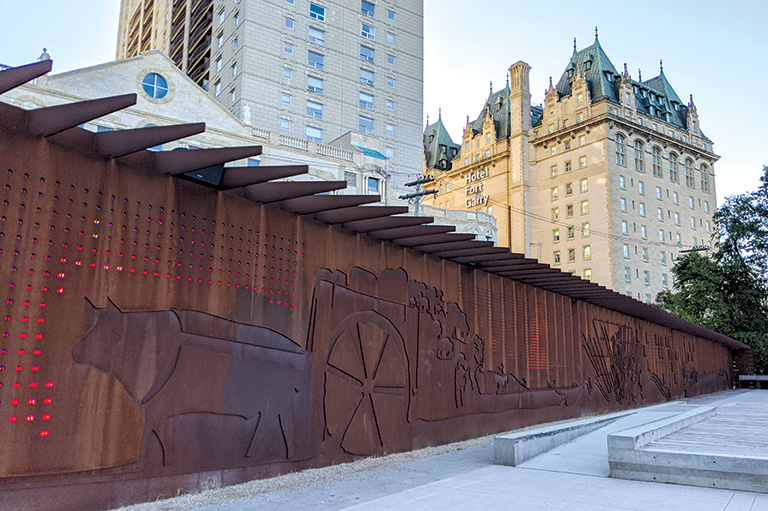St. Vital Roman Catholic Church
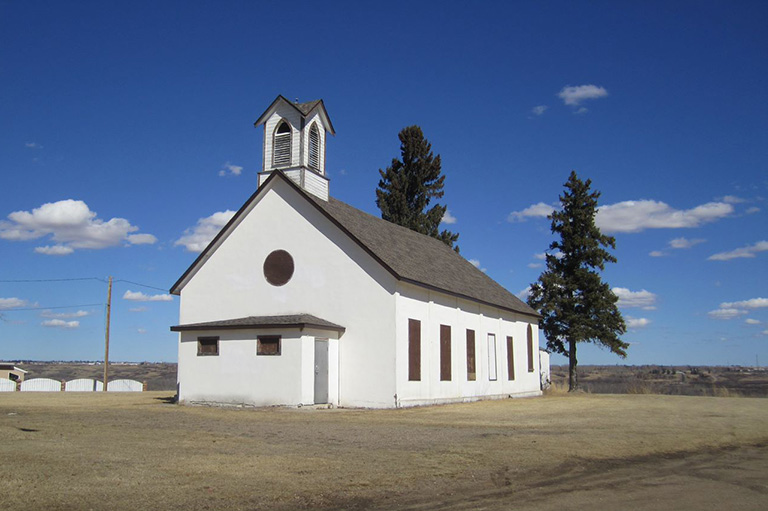
Location
Battleford, Saskatchewan
Why it matters
Built in 1883 on a prominent site overlooking the North Saskatchewan River, St. Vital Church is the oldest Catholic Church in Saskatchewan.
The vernacular, log structure - constructed using fur trade period post-on sill (poteaux sur sol) methods - sits on its original site and is directly connected with the founding of Battleford in 1875.
The church property played a role in the North West Resistance in 1885. In later years, St. Vital grew to include many parishioners from the surrounding Indigenous communities. The church was designated a Municipal Heritage Property in 1985.
Why it’s endangered
The St. Vital congregation moved to a newly built church in 1983 leaving the historic building vacant for the past 35+ years.
Now owned by the Town of Battleford, the Town posted a notice in 2018 it wished to de-designate the church and potentially demolish it after receiving costly estimates for repairing the structure.
Community members have voiced opposition to Town Council’s intention to reserve funds for demolition and remove the building’s heritage designation.
The Town’s efforts to find a new use have stalled, and this pivotal historic resource is desperately in need of ongoing protection and collaboration to create a new vision for its future.
This article is also available in French.
Canada's Top 10 Endangered Places List 2019
Themes associated with this article
Advertisement


